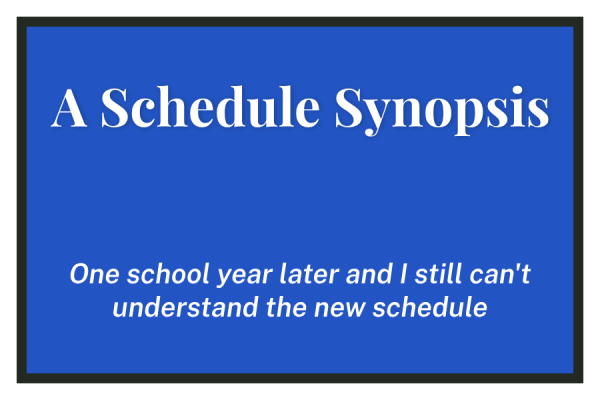Prison Gerrymandering in Illinois
How Incarcerated People’s Population Gives Power to Downstate Residents
The complications of the electoral college have become a pertinent issue, leaving many Americans wondering how we can consider a system democratic if an entire nation’s presidential election resides in the hands of just 20 counties. A vote for a Democratic candidate in Pennsylvania is much more influential than a vote for a Democratic candidate in Illinois, as Illinois has historically voted “blue.” Skewed voting is not just apparent in presidential elections though. This concept of votes holding more power in varying locations manifests itself in local elections, too — especially in Illinois.
A person’s vote for a state representative in Cook County is far less influential than a person’s vote for a state representative in Lasalle County. The disparity in votes’ influence essentially comes down to the fact that sixty percent of incarcerated Illinoisians are from Chicago, but 90 percent of them are counted as residents of downstate counties. There’s a term for this improper counting of incarcerated people as residents of their correctional facilities: prison gerrymandering.
Illinois state law makes it difficult for incarcerated people to vote. Although not all people in correctional facilities can vote, those who can are often deprived of the necessary tools to do so, including proper technological devices to communicate with the “outside world” where people can help facilitate such voting. However, these exact people who are disenfranchised from voting are still counted towards the population of that county, creating an unjust shift in political power to counties with correctional facilities.
The counties near correctional facilities are predominantly rural, white communities, an intentional government decision. Beginning in 1941, all correctional facilities in Illinois were built more than one hundred miles outside of Chicago, but most correctional facilities are located around two hundred miles outside city limits. Incarcerated people’s prominent presence in the U.S. Census gives more power to voters of downstate districts who in turn elect legislators who are in favor of prison expansion, fueling the inequitable voting system and propelling their political control.
Lawrence County Correctional Facility has most recently reported a population of 1,938 people. Research shares that only 49 people in the neighboring communities can vote. Here’s the catch: those 49 people are voting for not only themselves but the 1,938 incarcerated people as well since they’re counted as citizens of that county in the Census. This means that people living near Lawrence County Correctional Facility have influential voting power in determining state representatives in comparison to people in Cook County where the population is much more reflective of the actual voting population.
Furthermore, in LaSalle County’s Sixth district following the 2010 Census, it was determined that 34 percent of the population was incarcerated which gave every 66 residents the voting power of a group of one hundred residents in any other district.
It’s inconceivable to call a society democratic when inequitable voting systems continue to prevail throughout the nation. There are clearly people who benefit from these systems or else they wouldn’t be in place. But it’s time to change the way Americans vote for their elected officials — both in terms of the electoral college and Illinois Census-based voting.
A movement for the “No Representation Without Population Act” has been underway since it was first filed by Representative La Shawn K. Ford on February 5, 2015. After moving through the State House, it came to a halt on January 10, 2017 when it was left as “Session Sine Die” which essentially means there is no scheduled day for further hearing of the act. Almost three years later, there’s yet to be significant traction on the act. It’s time to count incarcerated people in the population of their original home, not their correctional facility.








